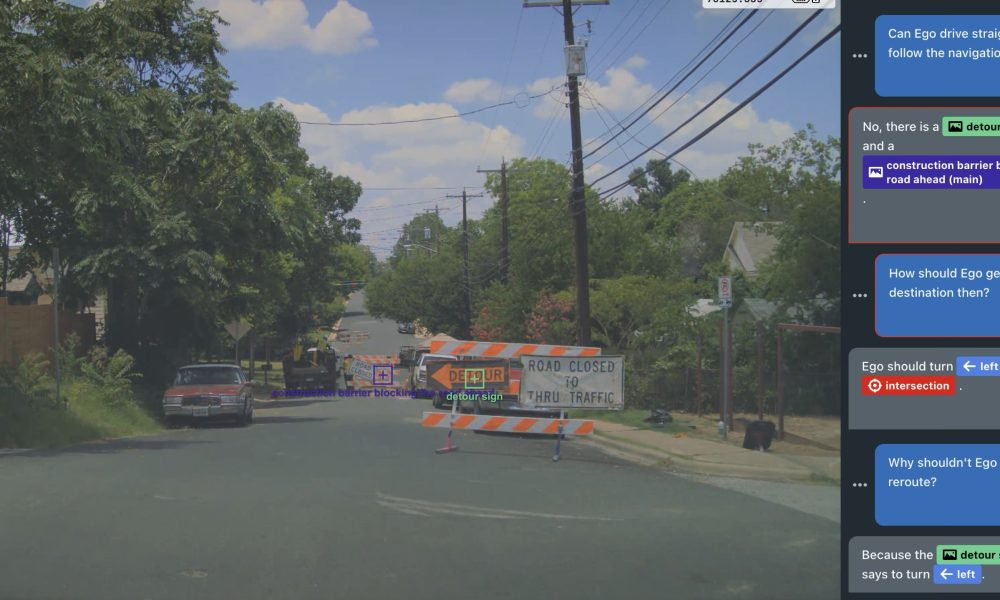
"As per Elluswamy's post, most other autonomous driving companies rely on modular, sensor-heavy systems that separate perception, planning, and control. In contrast, Tesla's approach, the VP stated, links all of these together into one continuously trained neural network. "The gradients flow all the way from controls to sensor inputs, thus optimizing the entire network holistically," he explained. He noted that the benefit of this architecture is scalability and alignment with human-like reasoning."
"Using examples from real-world driving, he said Tesla's AI can learn subtle value judgments, such as deciding whether to drive around a puddle or briefly enter an empty oncoming lane. "Self-driving cars are constantly subject to mini-trolley problems," Elluswamy wrote. "By training on human data, the robots learn values that are aligned with what humans value." This system, Elluswamy stressed, allows the AI to interpret nuanced intent, such as whether animals on the road intend to cross or stay put."
Tesla uses an end-to-end neural network that links perception, planning, and control into a single continuously trained model, allowing gradients to flow from controls to sensor inputs and optimizing the system holistically. The architecture scales with human-like reasoning by learning subtle value judgments from fleet driving examples, handling trade-offs like avoiding puddles or briefly entering empty oncoming lanes. The network can infer nuanced intent such as whether animals intend to cross. The system ingests billions of input tokens from multiple cameras, maps, and kinematic data, leveraging a global fleet that generates massive daily driving data to support training and sophisticated data pipelines.
Read at TESLARATI
Unable to calculate read time
Collection
[
|
...
]